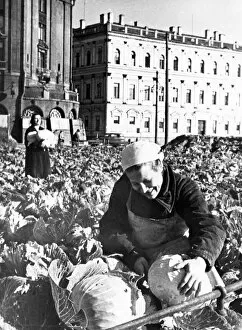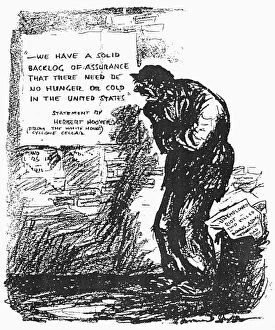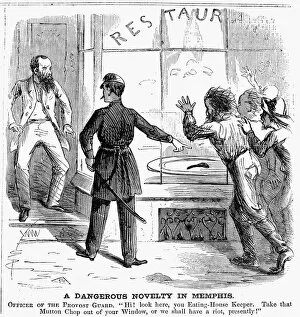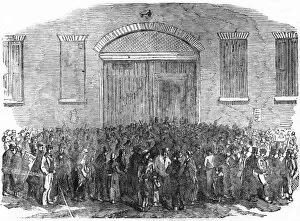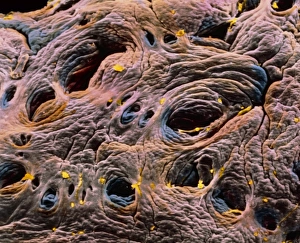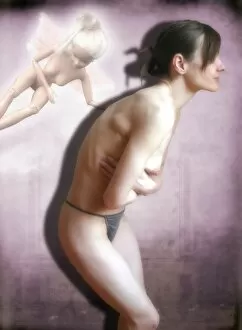Starvation Collection (page 9)
"Starvation: A Grim Reality Captured in Art and History" In the haunting world of art, it has been depicted as a harrowing reminder of human suffering throughout history
All Professionally Made to Order for Quick Shipping
"Starvation: A Grim Reality Captured in Art and History" In the haunting world of art, it has been depicted as a harrowing reminder of human suffering throughout history. One such portrayal is William Hogarth's "Gin Lane, " an engraving that exposes the devastating consequences of alcoholism and poverty in 18th-century London. This dark depiction serves as a stark warning against the perils of indulgence. Fast forward to 1845, where another tale unfolds on treacherous Arctic seas. The ill-fated expedition led by Captain Sir John Franklin aboard HMS Erebus and HMS Terror sought to conquer uncharted territories but instead succumbed to hunger, cold, and despair. Captain Francis Crozier valiantly battled starvation alongside his crewmates until their tragic demise. Meanwhile, distant lands witnessed desperate struggles for survival amidst icy isolation. The Enterprise and Investigator ships found themselves surrounded by unforgiving ice in Barrow Strait during their search for the Northwest Passage. These brave explorers faced unimaginable hardships as they fought against dwindling supplies and relentless hunger. Throughout history, stories like these echo through time with chilling resonance. In mid-17th century Europe, Barthel Beham's "Cimon and Pero" depicts a daughter sacrificing her own sustenance to feed her imprisoned father—a testament to love prevailing over extreme deprivation. Similarly heart-wrenching is Peter Paul Rubens' masterpiece "Roman Charity. " Inspired by ancient Roman folklore, it portrays a daughter breastfeeding her starving father who had been sentenced to death—a profound symbol of selflessness even in dire circumstances. Closer to home lies Charles Dickens' poignant narrative depicting life within workhouses—places meant for refuge but often breeding grounds for destitution. His iconic scene from "Oliver Twist" shows young Oliver asking for more food—an act met with stupefied astonishment from those responsible for his well-being.

